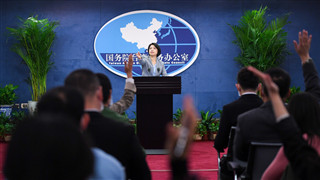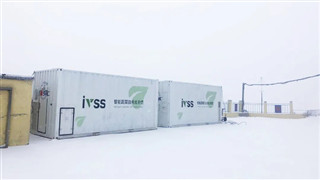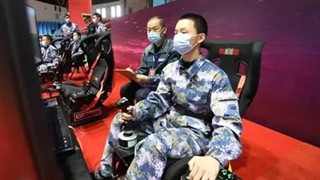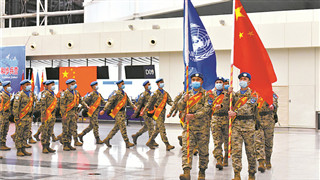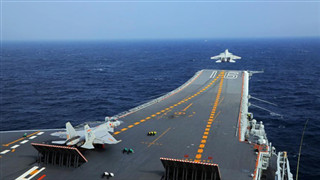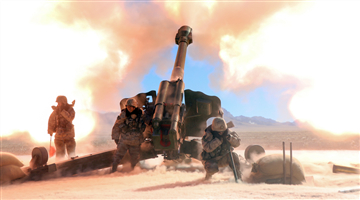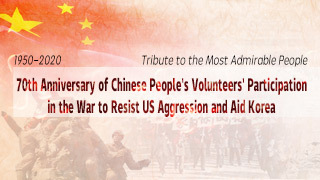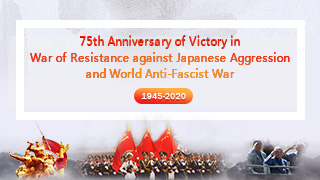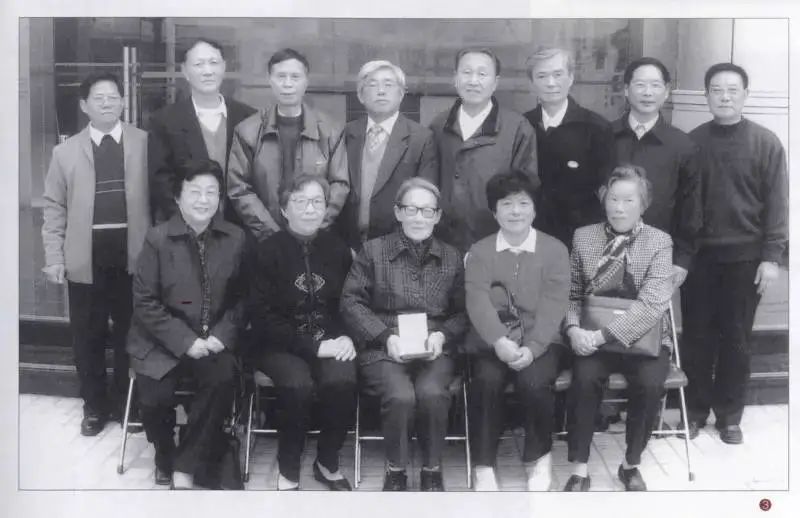
Professor Li Yufen, a great female scientist who had been developing China’s first atomic bomb, passed away due to disease in the wee hours of December 8 at the age of 92.
Li Yufen was born in February 1928. A professor at Fudan University and recipient of the special allowance of the State Council, she received the first prize of the Sate Award for Inventions and the award of the National Science Conference.
At the end of the 1950s, Fudan University selected a group of teachers and students from its physics and chemistry departments to form a scientific research team along with peers from the Shanghai Institute of Mechanical Engineering and the East China Institute of Chemical Technology, the predecessor of the East China University of Science and Technology (ECUST) . Their job was to study isotope separation and provide necessary technologies to develop the atomic bomb. At that time, this team, codenamed the “58th squadron”, worked under the lead of Professor Wu Zhengkai, also director of the chemistry department, and Li Yufen was one of the vital team members.
Back then, only three countries in the world – the US, the UK, and the Soviet Union – mastered the technology of making separation membrane components, which was a top defense secret carefully guarded by those nuclear states from proliferation. With limited technological literature, the “58th squadron” had no choice but to rely on themselves and grope forward.
From 1958 to 1961, they, with great dedication and perseverance, acquired a deep understanding of the full manufacturing process, and all became experts on atomic energy. After 1960, Professor Wu Zhengkai was transferred to Beijing, and his research tasks at Fudan University were handed over to Li Yufen and her colleagues.
What they were doing was highly confidential. All participants had to observe rigorous confidentiality rules, for examples, not talking about their work with anyone outside of the program, including their relatives, friends and spouses, not publishing any papers, and being prepared to devote themselves to the cause for a lifetime. No one in the team complained. They were ready to be the nameless heroes. When Li met her old classmates after the reform and opening-up, they asked her many questions with great surprise and curiosity. “Where have you been all these years? You never published a paper or attended any academic conference. We thought you just evaporated from the earth!” How could they know what significant contributions Li and her colleagues had done for China’s national defense during those days of “evaporation”?
In November 1961, all researchers of the “58th squadron”, along with their apparatus and equipment, moved to the Shanghai Institute of Metallurgy under Li’s lead to tackle a critical project codenamed the “Vacuum Valve”. Teachers and students from Fudan University made up 1/3 of the team and Li was head of the third group.
On October 16, 1964, China exploded its first atomic bomb successfully. When talking about this in an interview, Li Yufen said briefly, “when the country needs you, you have to work hard. All of us were willing to work with full dedication back then.” Then, thinking for a moment, she added, “I don’t know if young people today can accept what I say. Perhaps they think differently now and place more emphasis on self-assertion, but this was what I thought in those days.” Heroes will never be forgotten by their motherland and their people.
In 1978, the accomplishment made by the “58th squadron” was honored at the National Science Conference. Later, it received the first prize of the Sate Award for Inventions in 1984 and the special prize of the National Science and Technology Progress Award in 1985.
Thanks to their contributions, China became the fourth country capable of manufacturing diffusion separation membrane after the US, the Soviet Union and the UK, and it successfully developed the atomic bomb. It wasn’t until 20-30 years later that Li and her colleagues’ grand contributions became widely known.
But Li Yufen’s scientific research didn’t stop at her substantial contribution to the core technology of atomic energy. She also participated in many other scientific projects and achieved outstanding results, publishing more than 40 papers. In 1970, she became engaged in research on laser components, laser spectroscopy , and laser medicine; in 1974, she participated and succeeded in developing the nitrogen laser and dye laser, which was highly recognized by N. Bloembergen, professor at Harvard University and Nobel Laureate in Physics.
